The Penal Laws – and A Tale of Love and Loss
Have you ever heard of the "Penal Laws" in Ireland? During the 1700s, certain laws were put in place that forbade Roman Catholics (and Presbyterians) from assuming certain offices and owning property above a certain value. Here is the story of one couple who lived during this time.
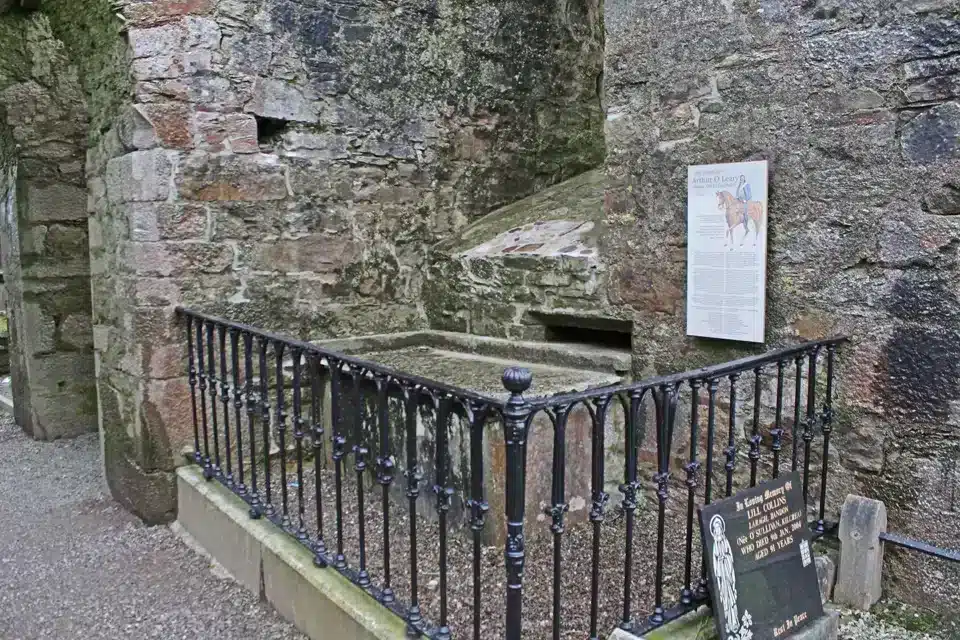
Well, we’re just getting over Saint Patrick’s Day in this part of the world. There were parades all over the place last Thursday – as it is a holiday across the country, most people are off for the day.
The weather was a bit nippy – but dry and cheerful – a nice relaxing day for all. Now, I’d like to introduce you to two people – and use their introductions as a kickoff point for today’s story.
From California to South Africa.
Over the last couple of weeks, I received the following introductions from two new Green Room members. One was in South Africa, and the other in California – both with Irish ancestry:
“Our family line began with two brothers, John and Michael O’Connell, who were born outside Cahirciveen, Kerry in 1803 and 1811. They left for South Africa together with their widowed mother Elizabeth and established themselves in George and Oudtshoorn. However, I have been totally unable to find my gggfather, Dr. Geoffrey O’Connell, the father of John and Michael. He was a doctor in France and arrived in London on 26 October 1793. He was also reported as being a doctor in Cork. How excited I would be to find him.”
Dawn from South Africa.
And the second introduction:
“My great grandfather Jeremiah emigrated to the United States in the late 1890’s and found himself in San Francisco. I want to gather as much information as I can on him, his wife Nellie, and any other family I might have in Ireland. I have access to Jeremiah’s obituary and it says that he was born in Ballingeary, of the Iveleary Parish. His wife Nellie McCarthy was from Macroom.”
Kelly from California.
You might ask, “sure, what have those two introductions got to do with each other”. Well, this is Ireland, so read on, and we’ll tie everything together in a nice story!
A Terrible Time For Many in the Land.
A set of draconian laws were introduced into Ireland in the late 1600s – known as the Penal Laws. Essentially, they set out that any resident in Ireland who was not a member of the established church (this included Roman Catholics, Presbyterians etc.) could not hold land, professional office and a whole host of other restrictions that we do not have room for here.
The result saw the exodus of many Scots-Irish from Ulster to the American colonies, and the movement of many Irish Gaelic people from their original homelands inside Ireland – often towards poorer land of lower value. Many members of Ireland’s old aristocratic families sent their sons to continental Europe for their education or to receive a commission in the armies of the Spanish or Austro-Hungarian empires. Many of these exiles were never to return, becoming known as the “Wild Geese” over the decades.
Two of these families were the O’Connells from around Cahirciveen in County Kerry, and the O’Learys from around Ballingeary and Macroom in West Cork. In fact, the land occupied by the O’Learys was named after the extended “tribe”, the “Uí Laoghaire”. It became anglicised as the barony of “Iveleary” over the centuries.
So, families like the O’Learys and O’Connells had the means to educate their children in the mid to late 1700s, but just not the opportunity. The O’Connells of Kerry sent people like Geoffrey (mentioned above by Dawn) abroad to study medicine, and later, Daniel O’Connell to France to further his education.
One of Daniel O’Connell’s aunts at the time was Eileen Dubh O’Connell – or “Dark Eileen” (Dubh – pronounced “Duv”, is the Irish for Black or Dark). Eileen was wed in 1758 at the early age of 15, but widowed just 6 months later. Then, what must have seemed like a lifetime later, she saw a dashing young officer of the Hungarian Hussars. This was Airt Ó Laoghaire – Art O’Leary – from the barony of Iveleary I mentioned just a moment ago. Like the O’Connell men, Art had received his education on the European Continent – and later received a commission in the Hussars. He rode a beautiful white horse that he had brought back from his adventures in Europe.
Eileen’s family disapproved of a match between the two of them – but she must have been smitten! The two lovers married and eloped to Art’s family land just outside the town of Macroom. They settled down happily for the next five years, having two children together.
However, Art was a good man to provoke jealousy in others. One man who felt this jealousy was Abraham Morris, the Sheriff of Cork. You see, Morris took delight in enforcing the Penal laws on O’Leary – and O’Leary took delight in evading them.
This came to a head in 1773, when Morris offered five pounds for Arts horse – a beautiful horse that was worth a lot more. Catholics at the time could not own an animal worth more than five pounds. On Art’s refusal, Morris issued a warrant for his arrest – causing Art to become an outlaw.
Art was tracked down and shot by a soldier just days later – dying on the spot at the young age of 26. His wife, Eileen Dubh, composed an extraordinary lament immediately after his death. It recalled their love, his gallantry – and called on his death to be avenged. Later that year, Art’s brother Cornelius, tracked down and shot Sheriff Morris. Morris died of his wounds the following year.
Eileen’s Lament was not written down for many years – and then only in Irish. The following is first verse translated into English – it gives you an example of the keen love they must have felt for each other on their first meeting:
“My steadfast love!
When I saw you one day
by the market-house gable
my eye gave a look
my heart shone out
I fled with you far
from friends and home.”
The O’Leary family wanted to bury Art in Kilcrea friary – but the Penal Laws forbade the burying of Catholics on monastic ground. So, Art was buried in a local cemetery. However, later in Eileen’s life – the penal laws were relaxed, and she had the opportunity to rebury her beloved Art in Kilcrea Friary.
This Friary is about 8 miles from where I am now writing this letter to you. Should you ever have cause to head that way, be sure to stop in to see the grave of Airt Ó Laoghaire of the Uí Laoghaire – husband of Eibhlín Ní Chonaill of Cahirciveen.
When you come across his tomb, you will see the following words inscribed:
Lo Arthur Leary
Generous Handsome Brave
slain in His Bloom
Lies in this Humble Grave
Died May 4th 1773 Aged 26 years.
So, thank you to Dawn and Kelly for reminding us of your respective ancestors – the O’Connells from Cahirciveen in County Kerry – and the Hollands from Iveleary in West Cork.
In Ireland, it is hard for names and places to stay apart – they always come together in a good story. I do hope you enjoyed this one!
That’s it for now – feel free to leave a comment below to share your family surnames, places and stories.
Mike and Carina… talk next week!

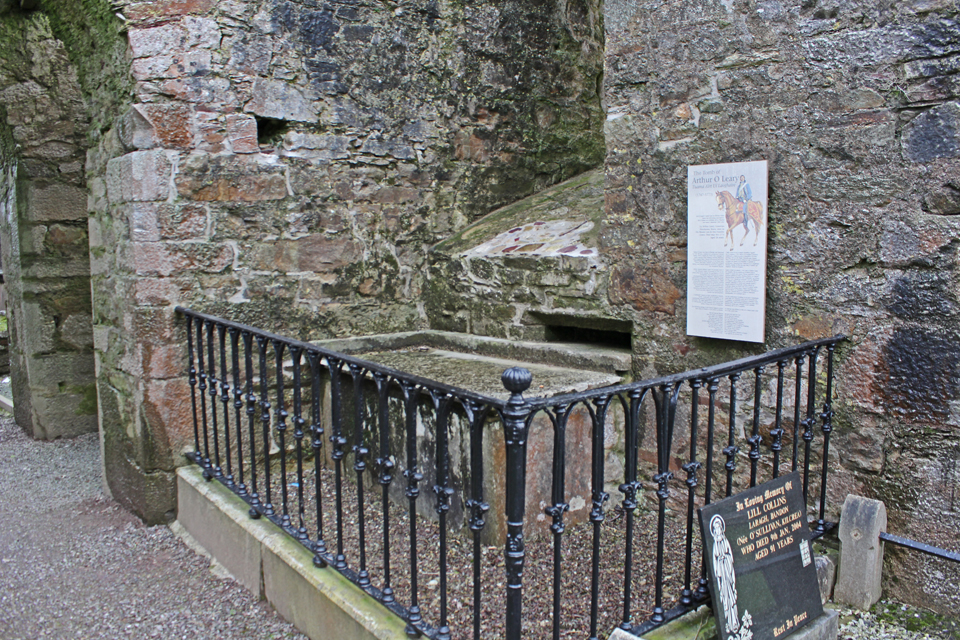
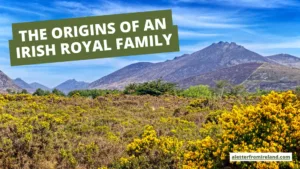
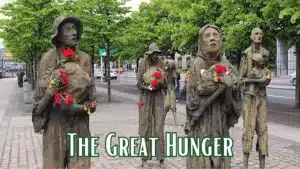
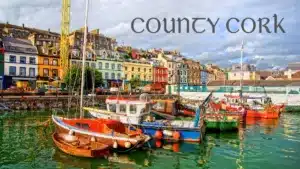
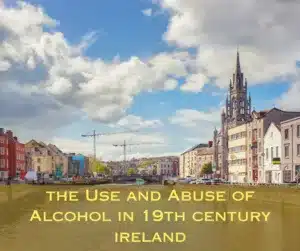
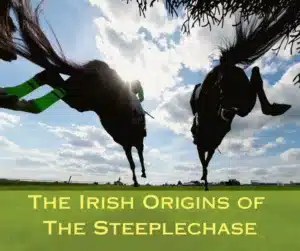
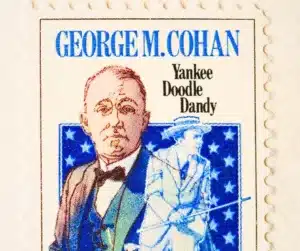
Only Plus Members can comment - Join Now
If you already have an account sign in here.